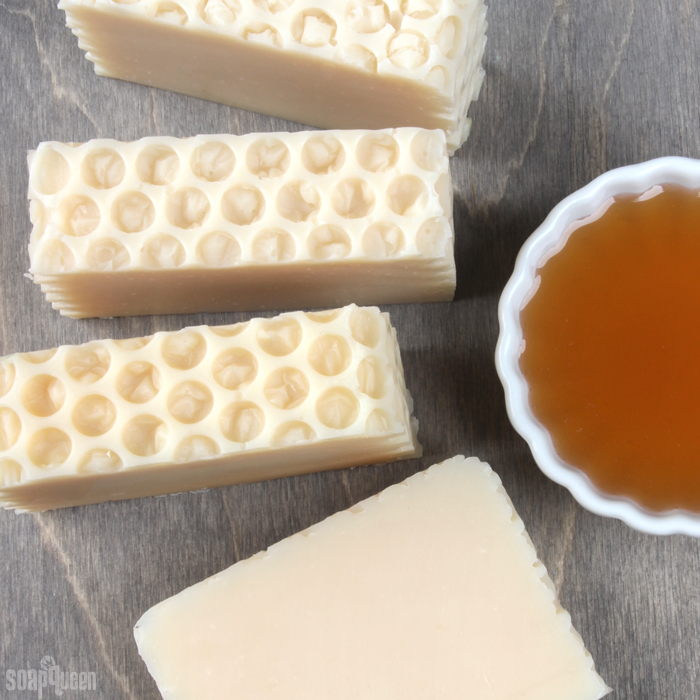It was a tasty week here on the blog with recipes like the Berry Rhubarb Crumble Soap. It’s scented with the new Red Berry Rhubarb Fragrance Oil, which is a perfect blend of sweet and tart. It complements the base, which is colored with Magenta Mica and Brick Red Oxide Pigment. Walnut shells and rolled oats create a realistic crumble top. The soap is finished with a dollop of soapy whipped cream.
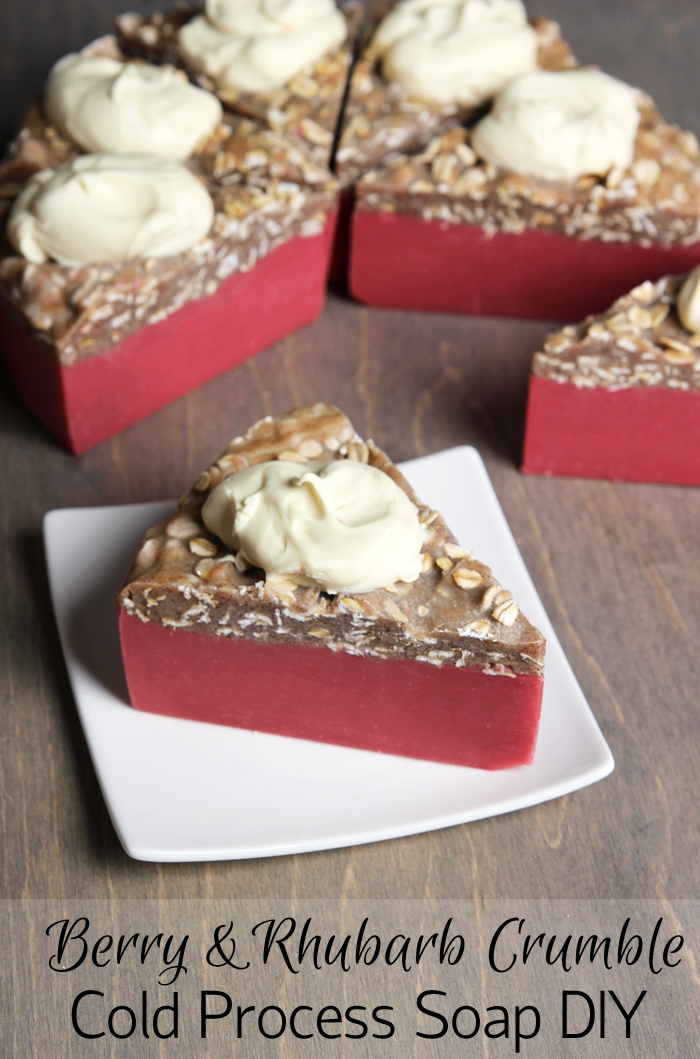
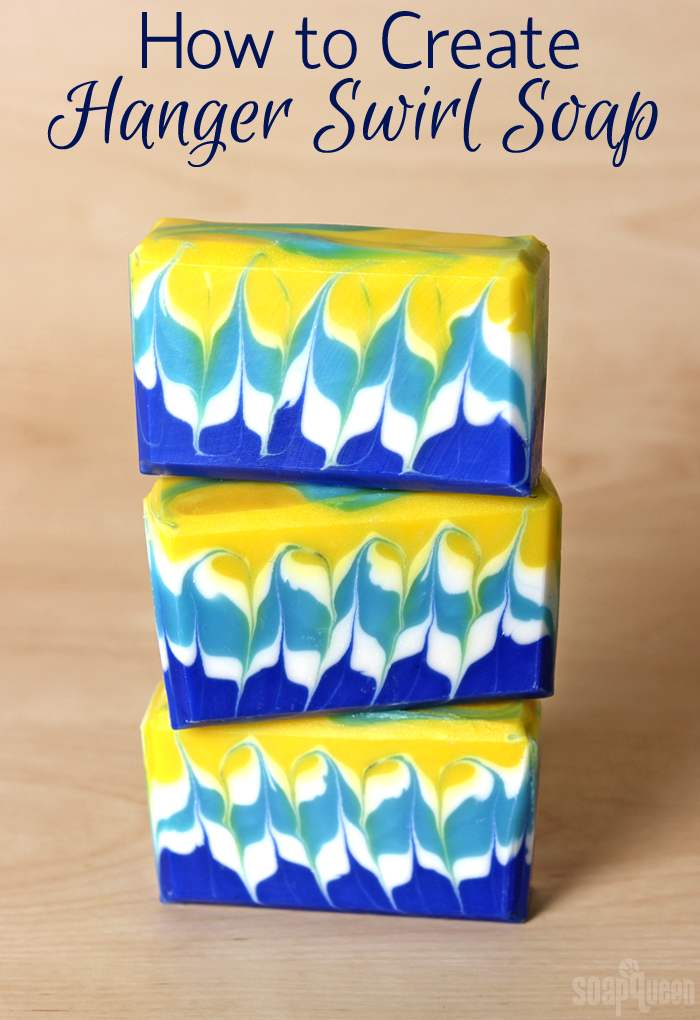
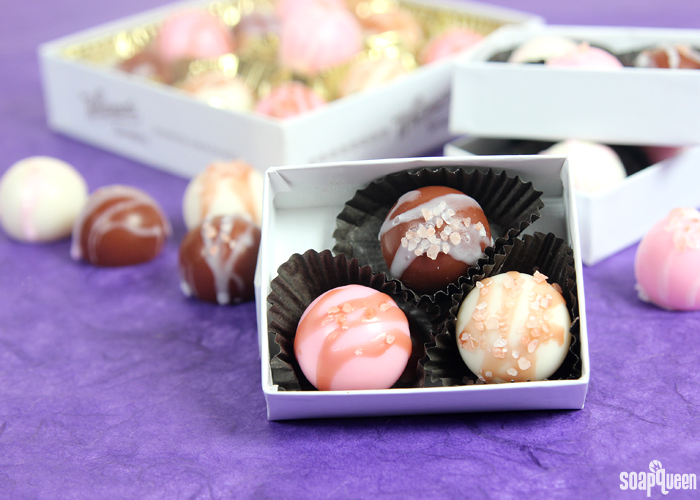
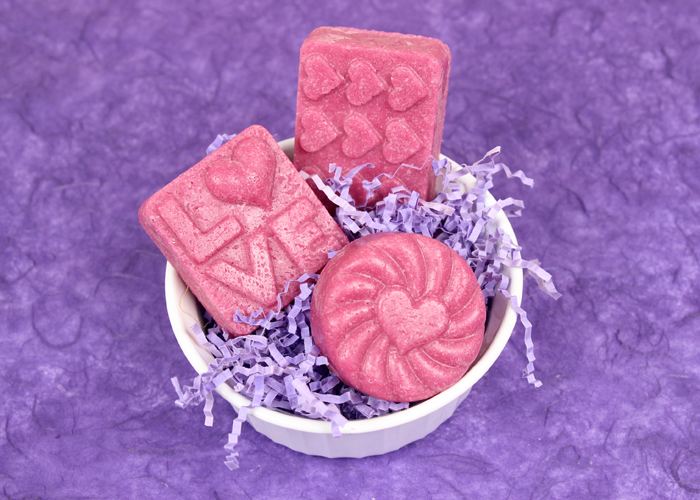
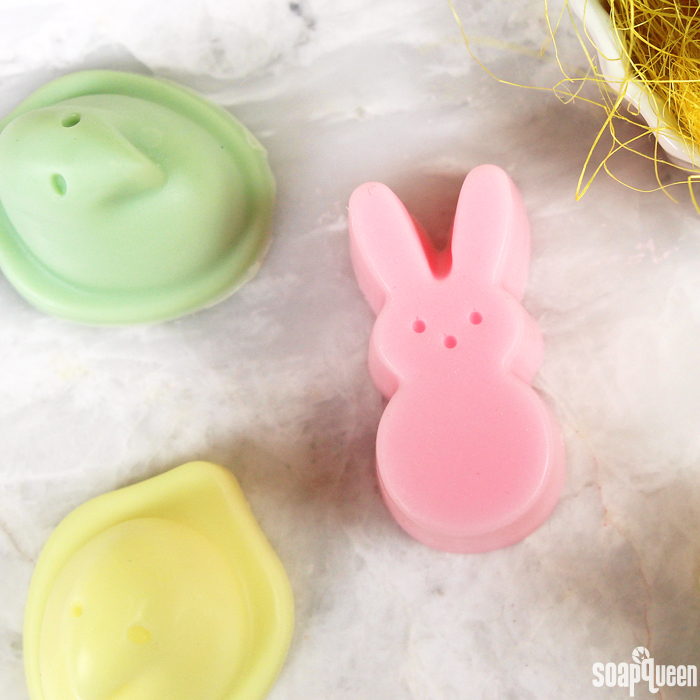
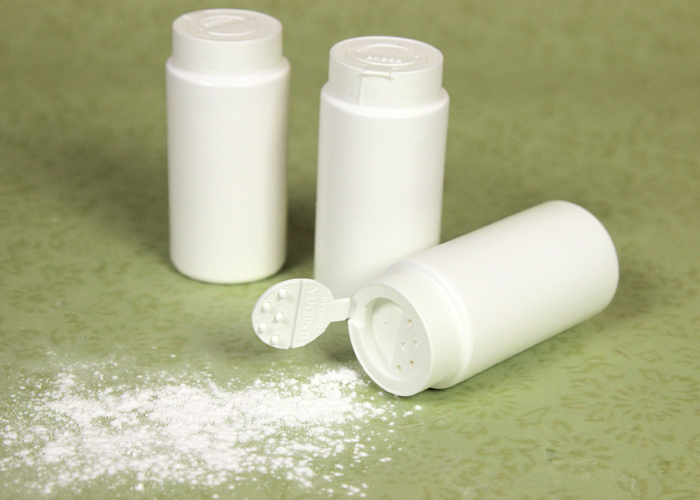
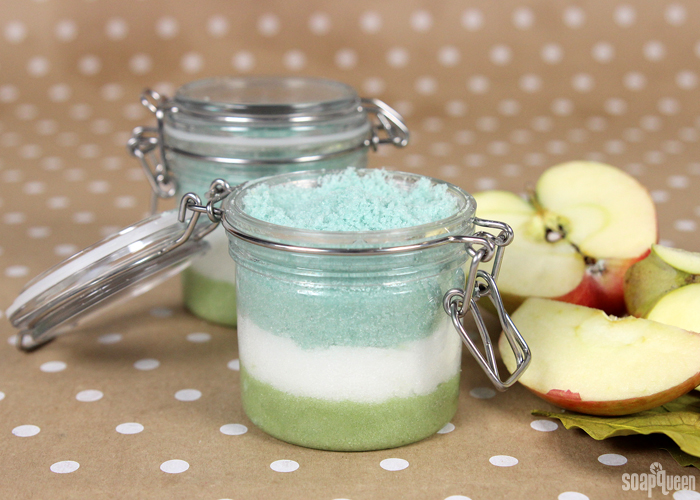
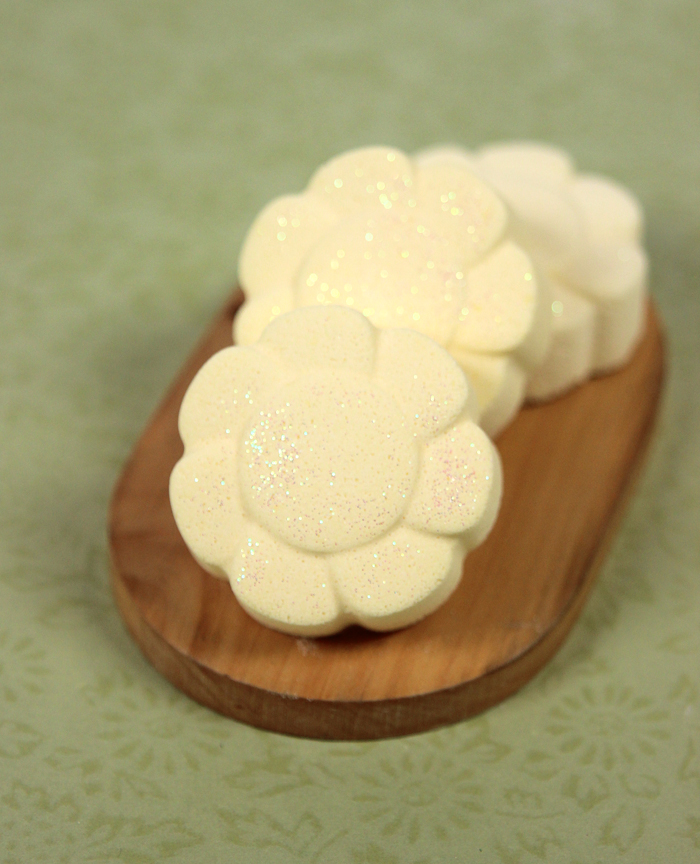
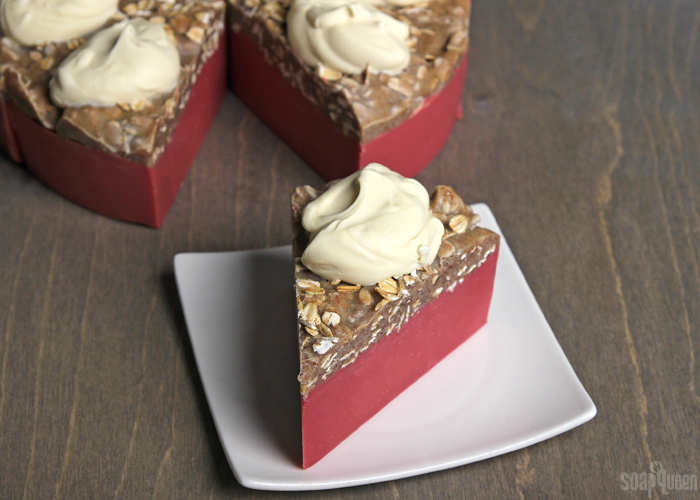
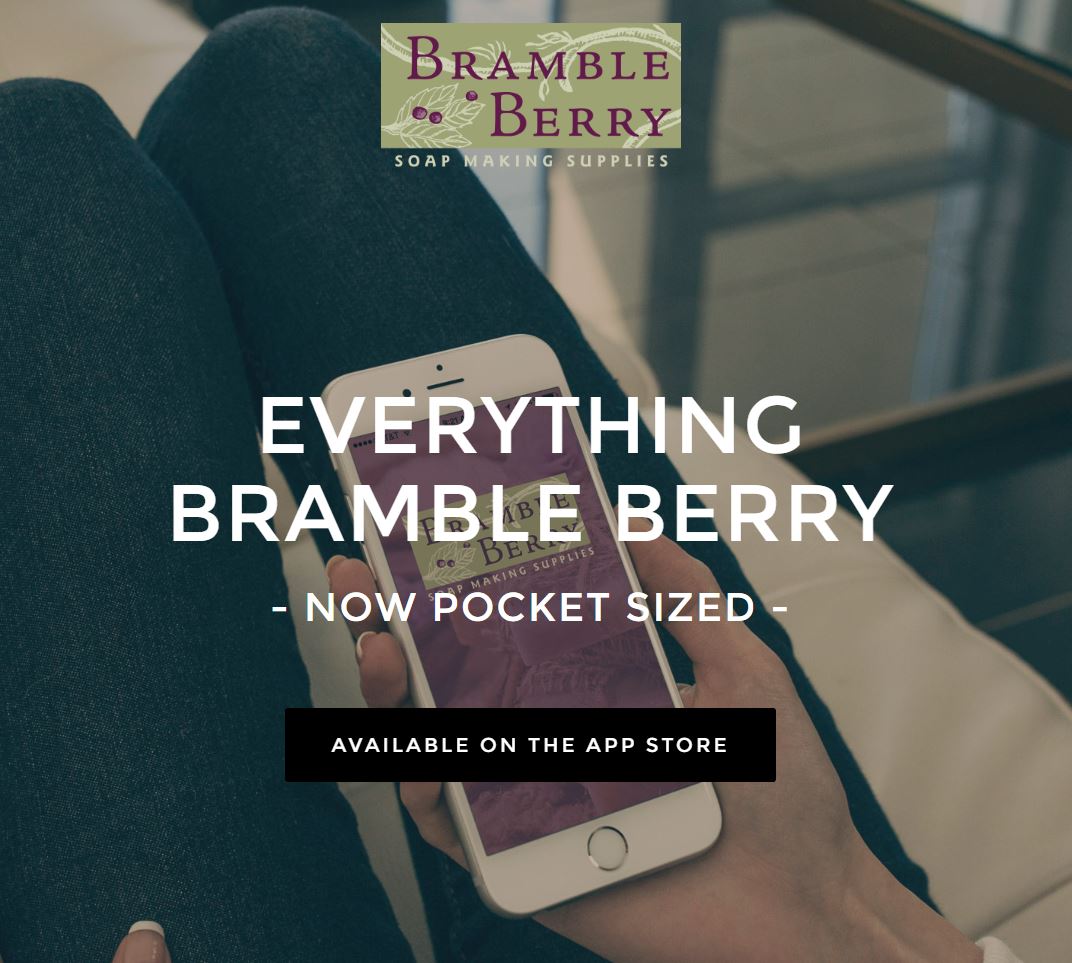
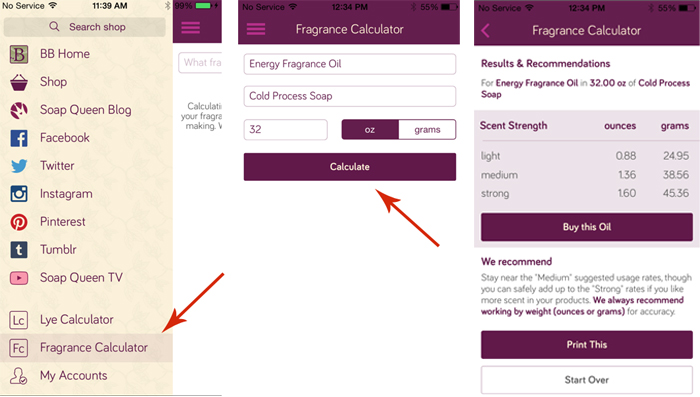
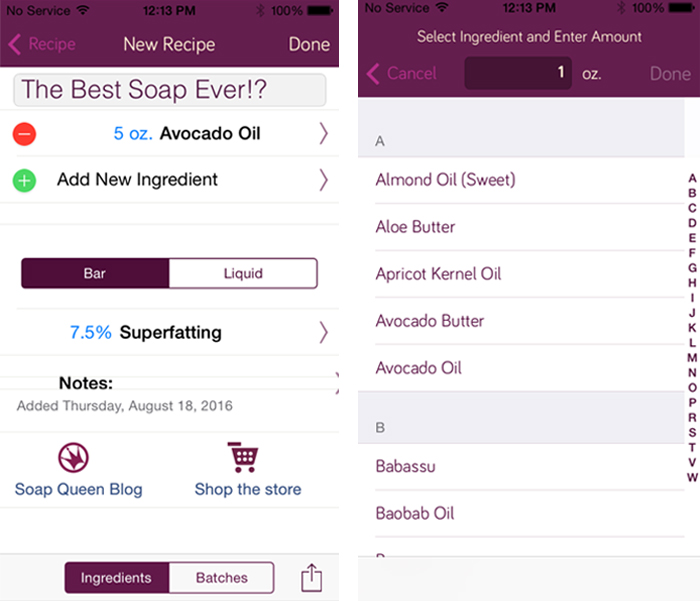
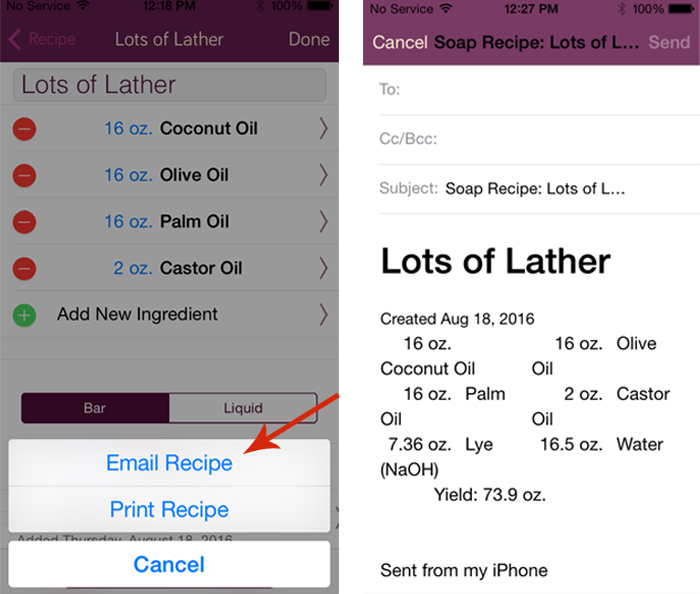
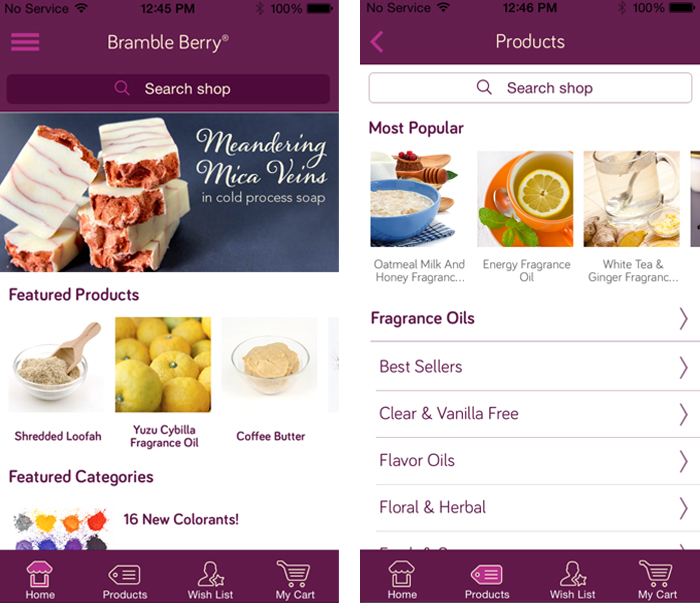
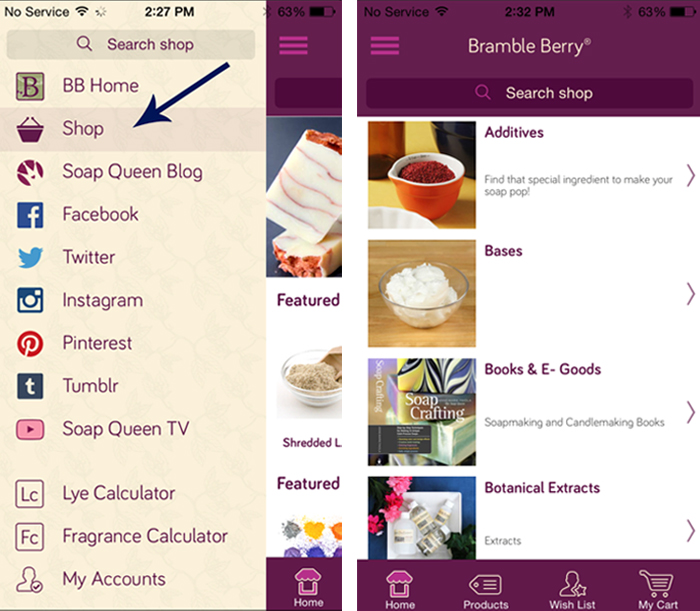
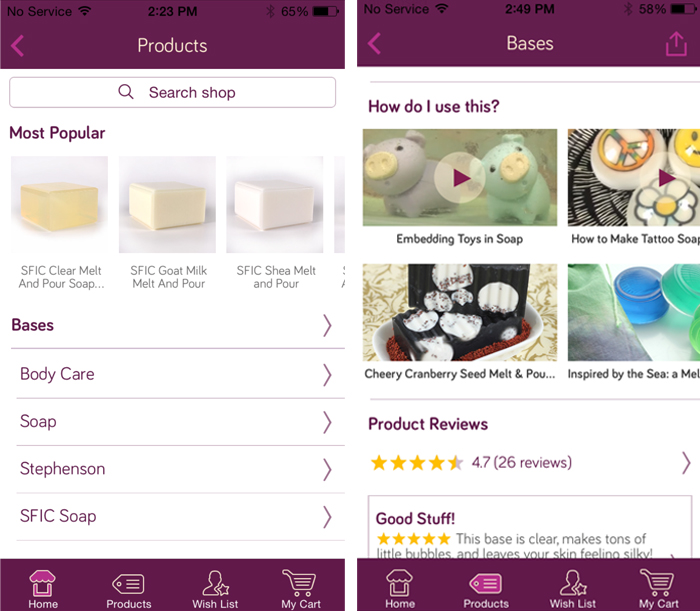
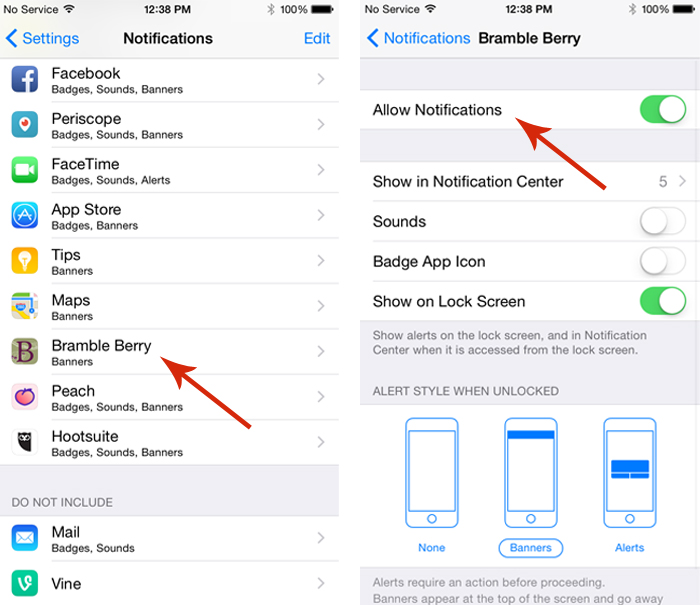
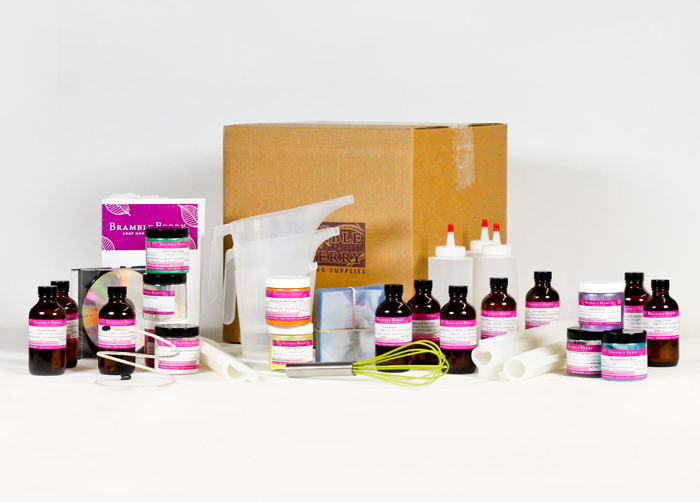
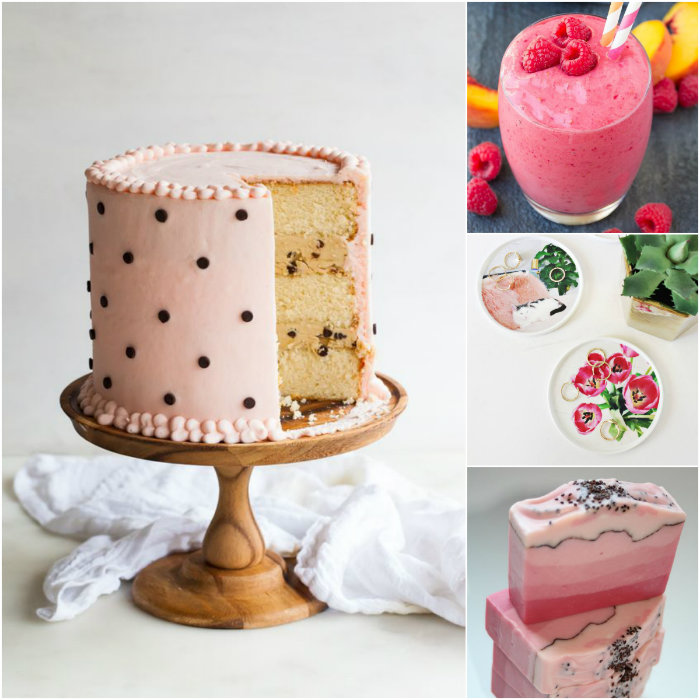
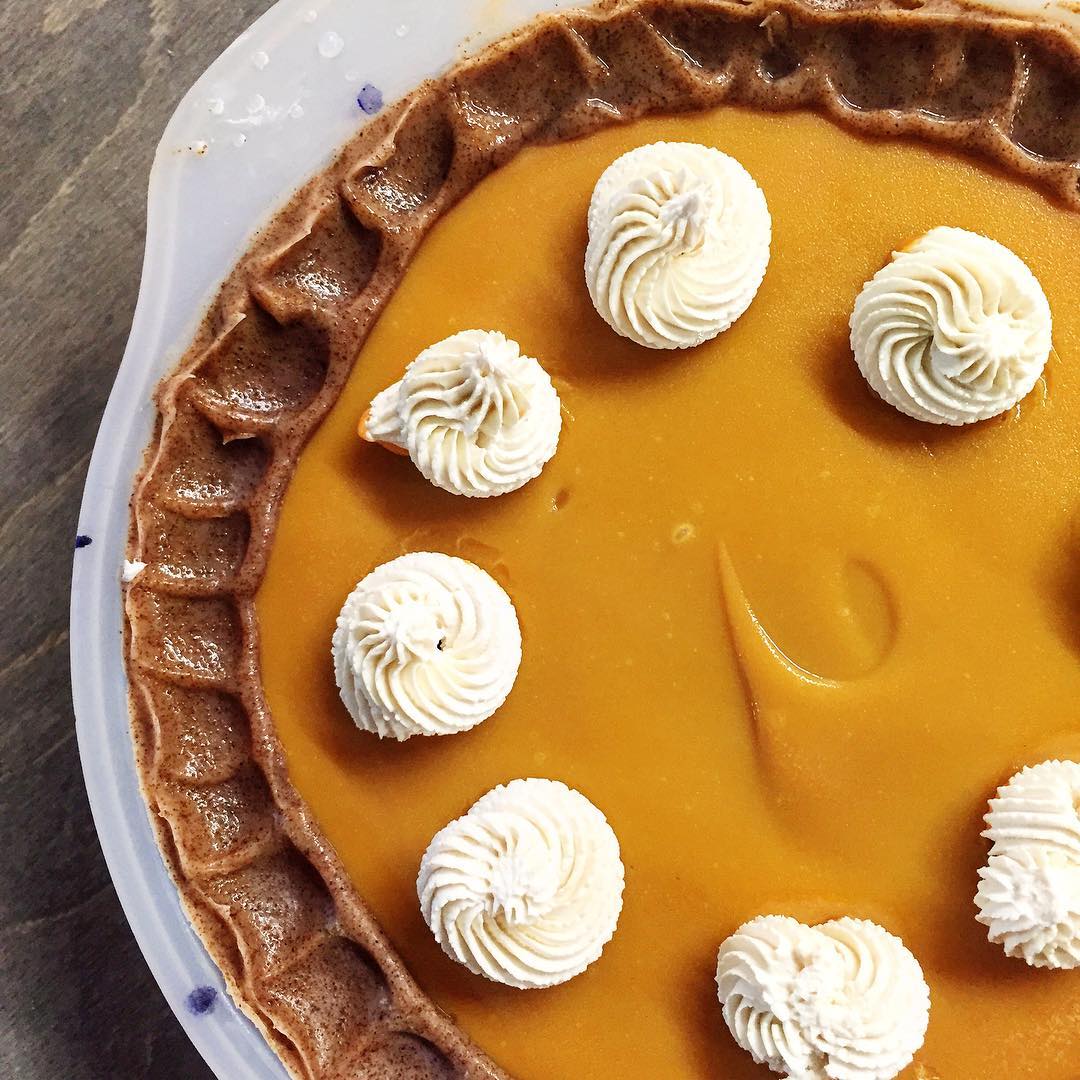
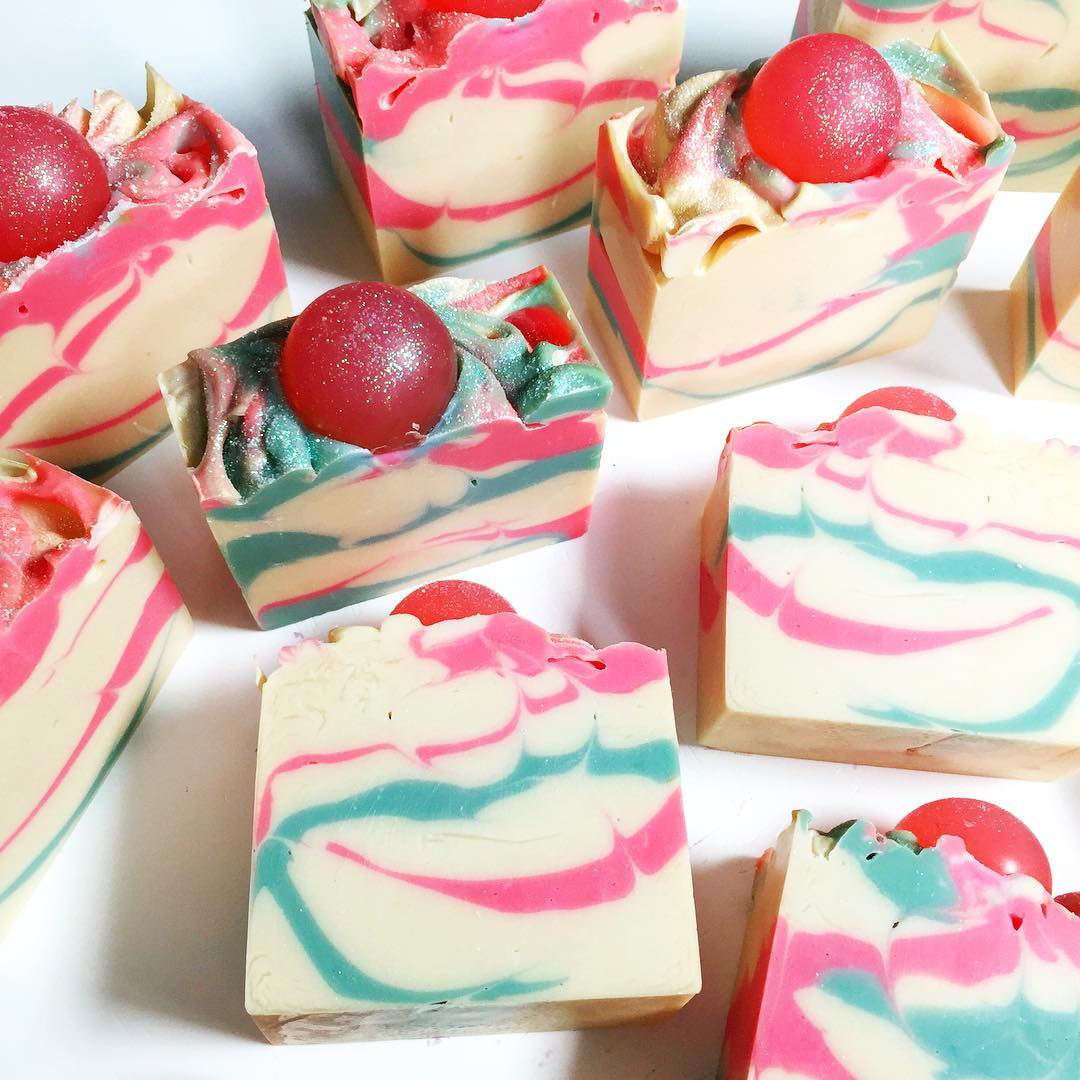
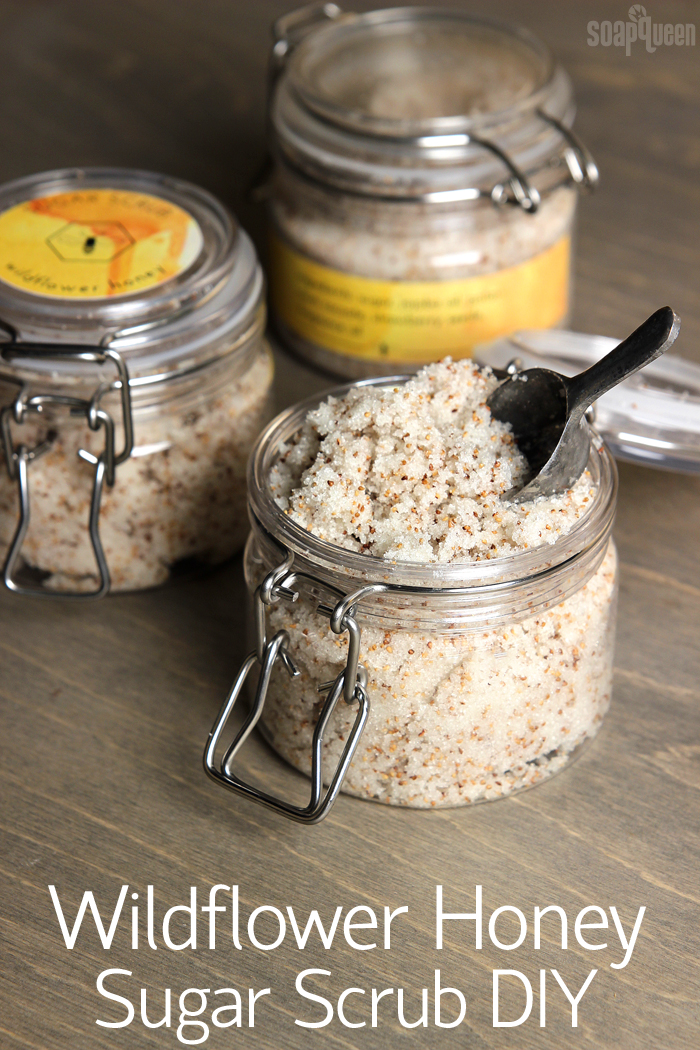
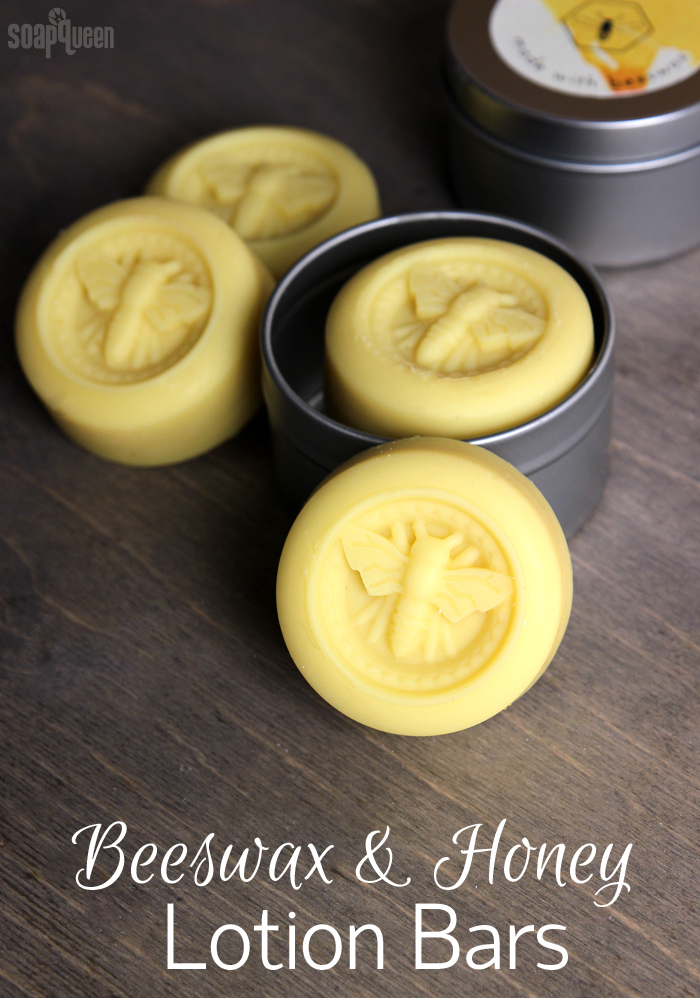
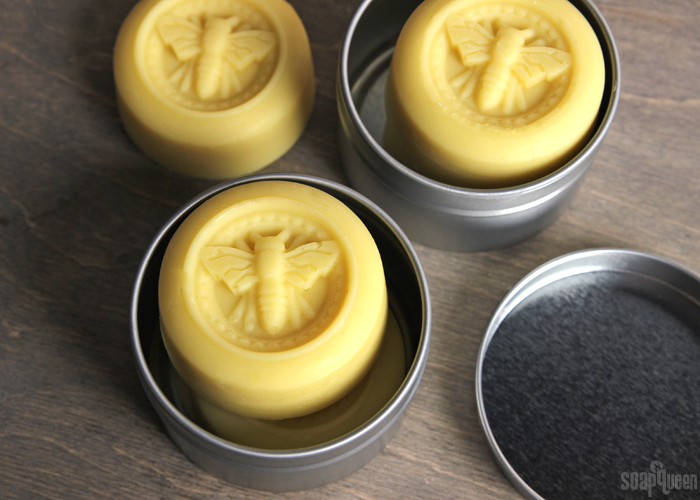
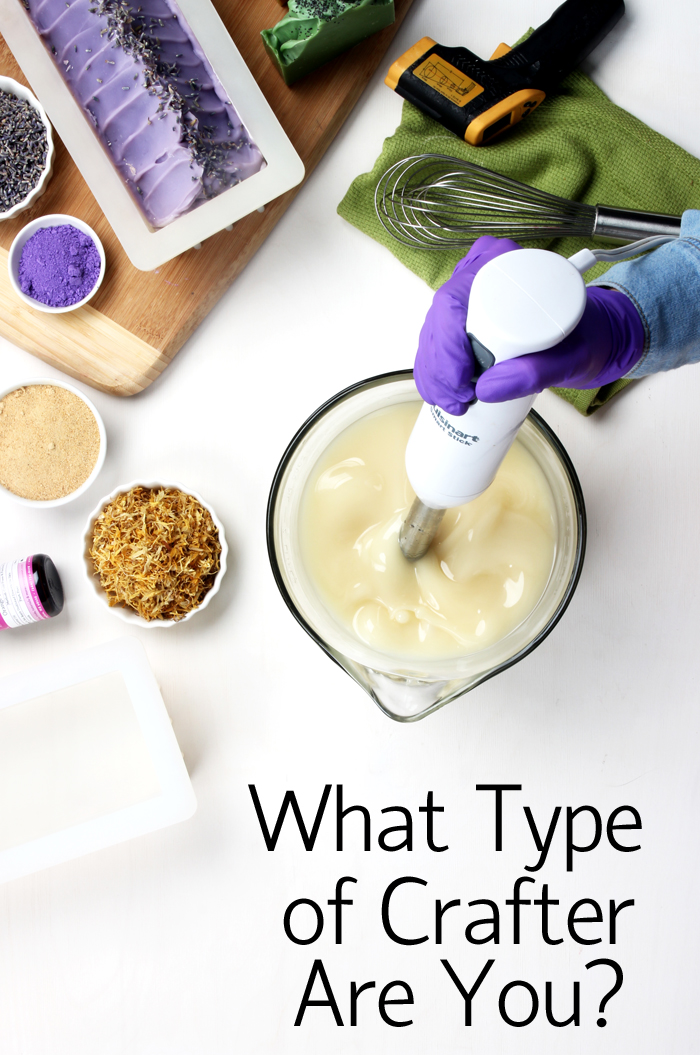
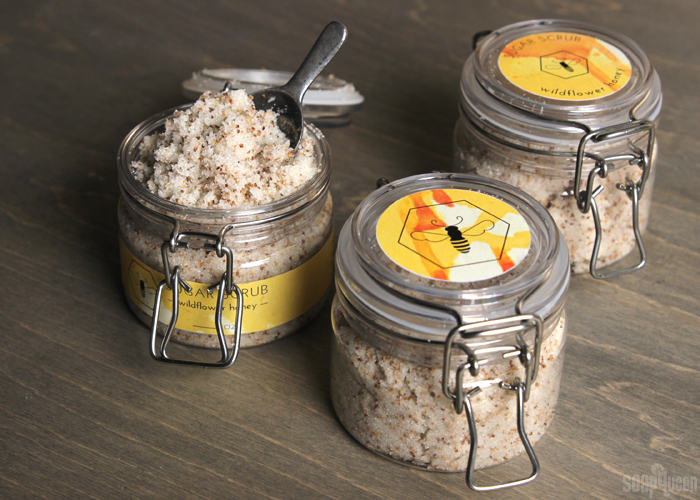
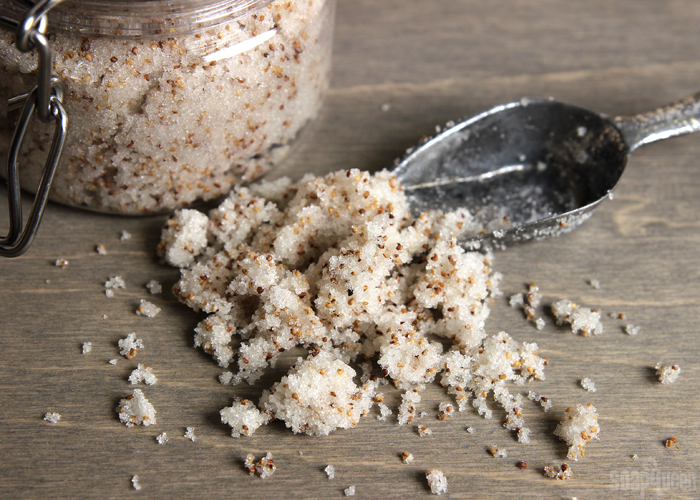
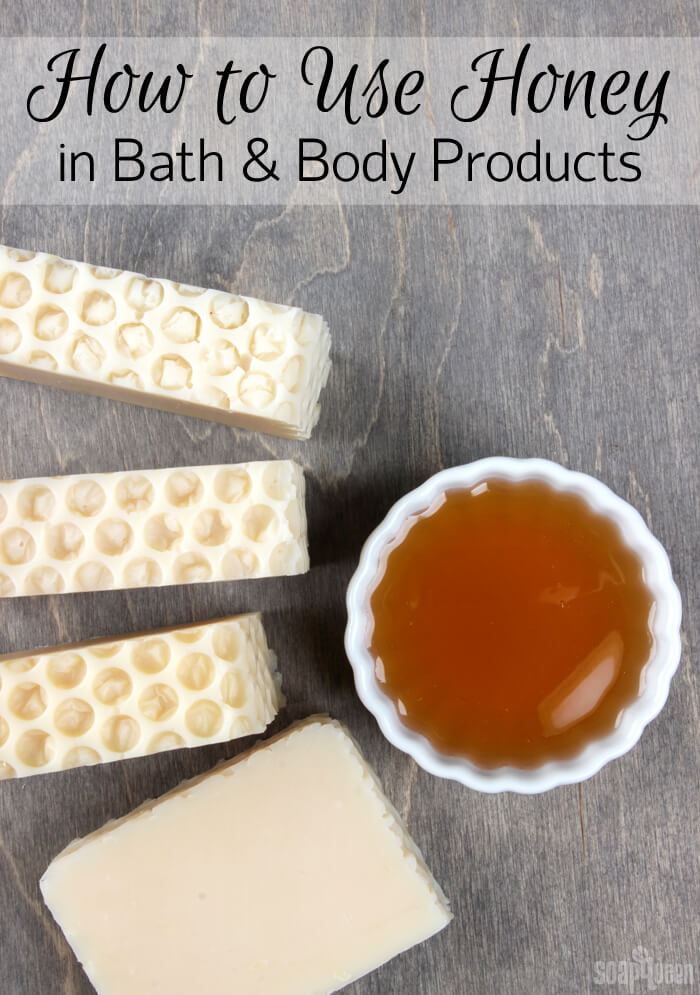
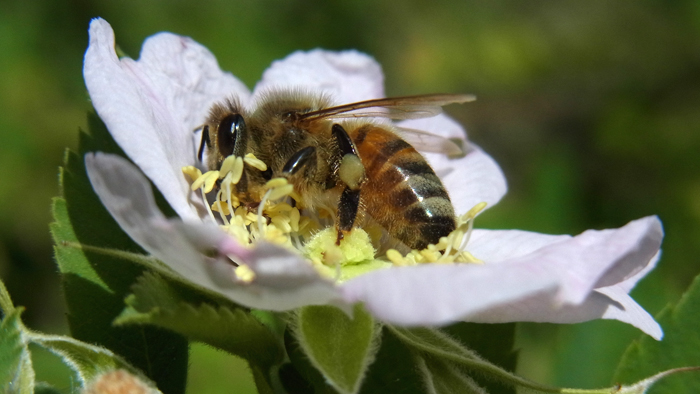 The Häagen-Dazs Honey Bee Haven is an outdoor museum where visitors can learn about honey bees.
The Häagen-Dazs Honey Bee Haven is an outdoor museum where visitors can learn about honey bees. 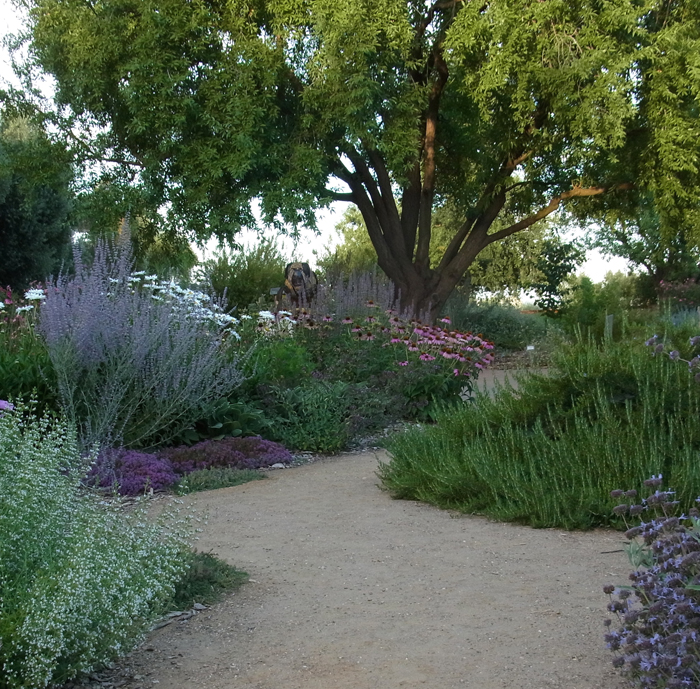
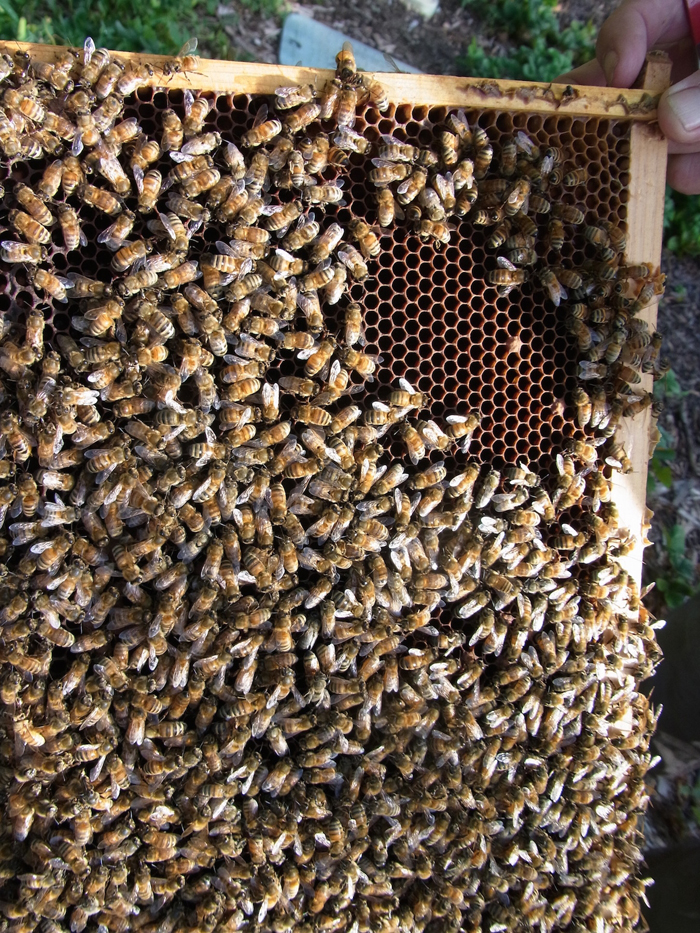 The Häagen-Dazs Honey Bee Haven is full of happy honey bees! Photo via
The Häagen-Dazs Honey Bee Haven is full of happy honey bees! Photo via 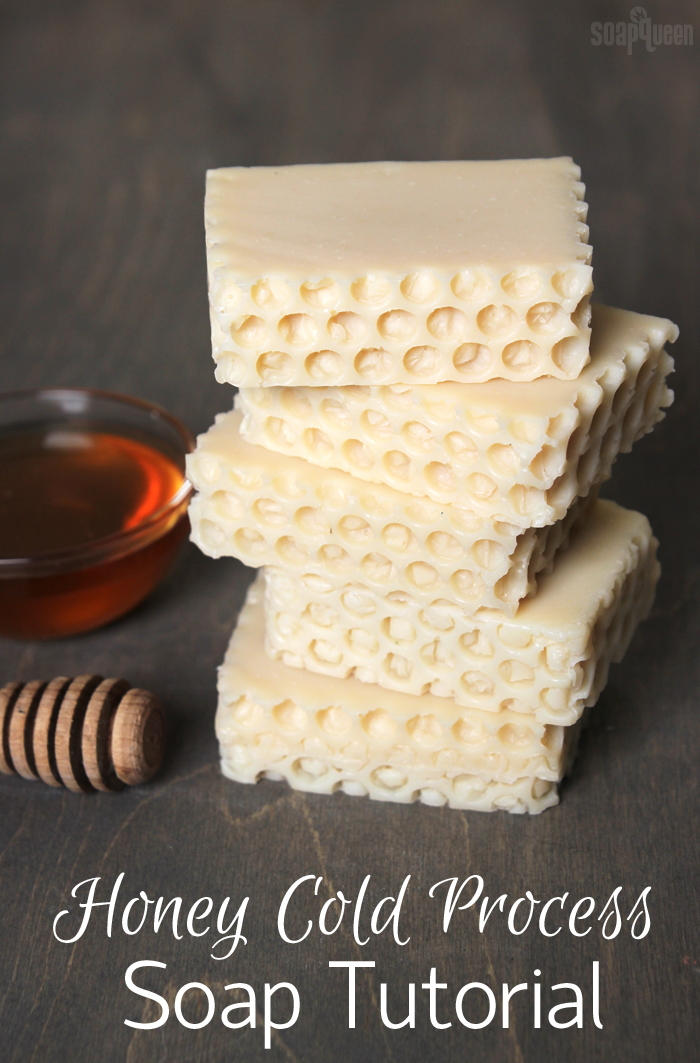
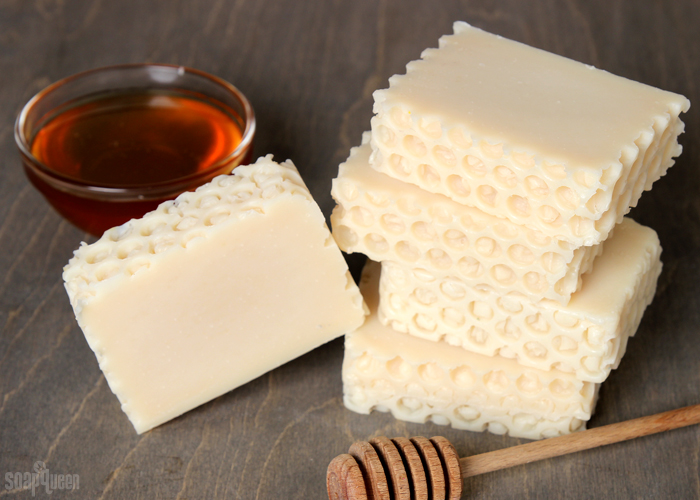
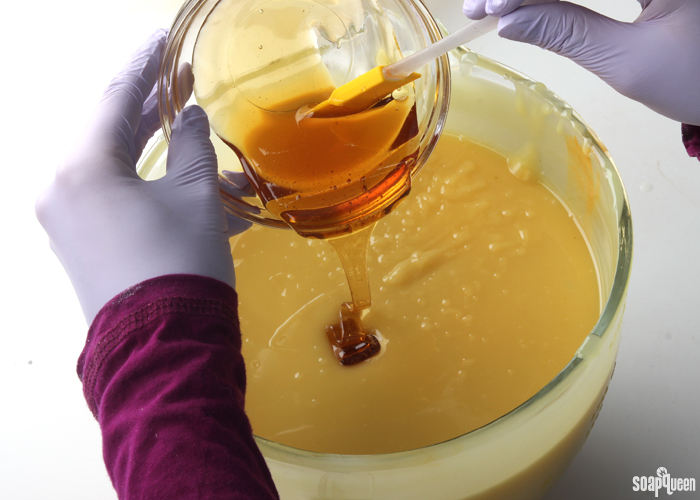
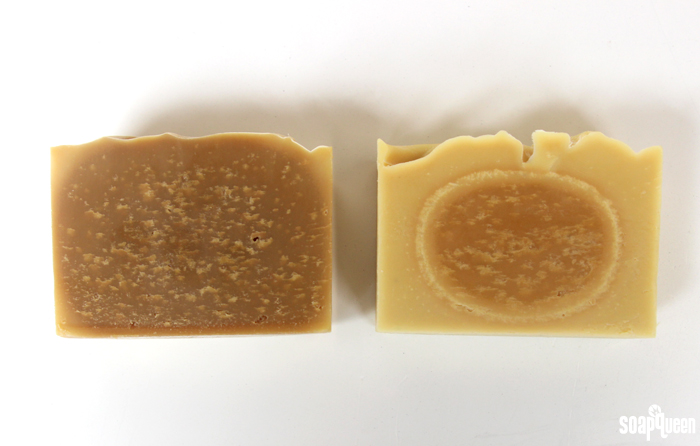 Using honey in cold process soap causes the soap to heat up and sometimes scorch, as shown above.
Using honey in cold process soap causes the soap to heat up and sometimes scorch, as shown above. 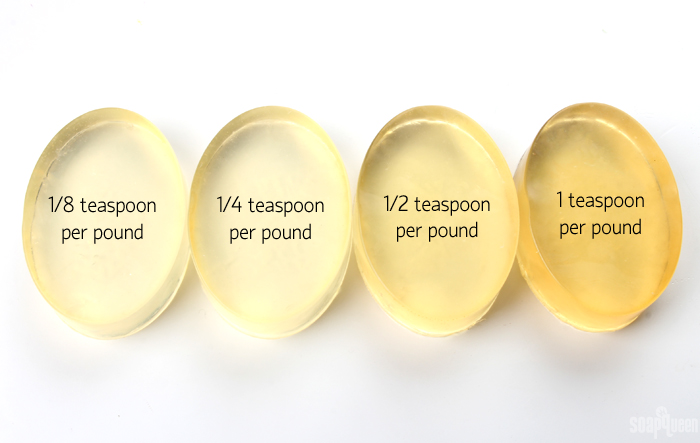 I tested adding honey to melt and pour at different usage rates. The soap with 1 teaspoon per pound of soap was quite dark, and slightly softer than the other bars.
I tested adding honey to melt and pour at different usage rates. The soap with 1 teaspoon per pound of soap was quite dark, and slightly softer than the other bars.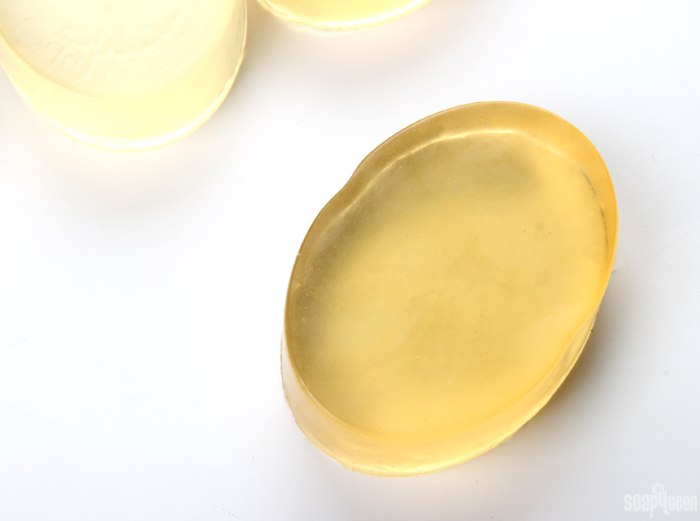 Adding extra honey to melt and pour soap base can cause the soap to become softer, as shown by the dent edges in the soap above.
Adding extra honey to melt and pour soap base can cause the soap to become softer, as shown by the dent edges in the soap above. 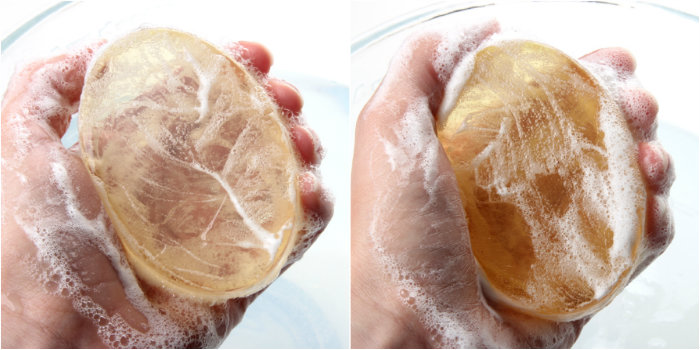 On the left, the soap with 1/8 teaspoon honey per pound of soap had a fluffy lather. The soap on the right with 1 teaspoon honey per pound had dense, creamy lather.
On the left, the soap with 1/8 teaspoon honey per pound of soap had a fluffy lather. The soap on the right with 1 teaspoon honey per pound had dense, creamy lather.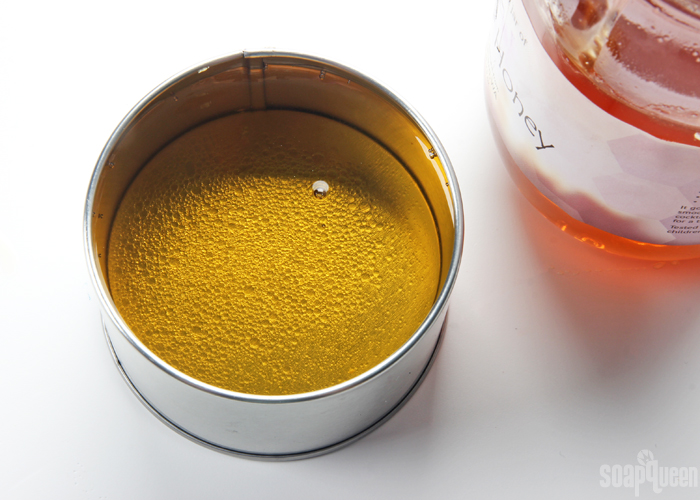 Honey does not mix into anhydrous products without an emulsifier. Above, you can see drops of honey at the bottom of the container.
Honey does not mix into anhydrous products without an emulsifier. Above, you can see drops of honey at the bottom of the container.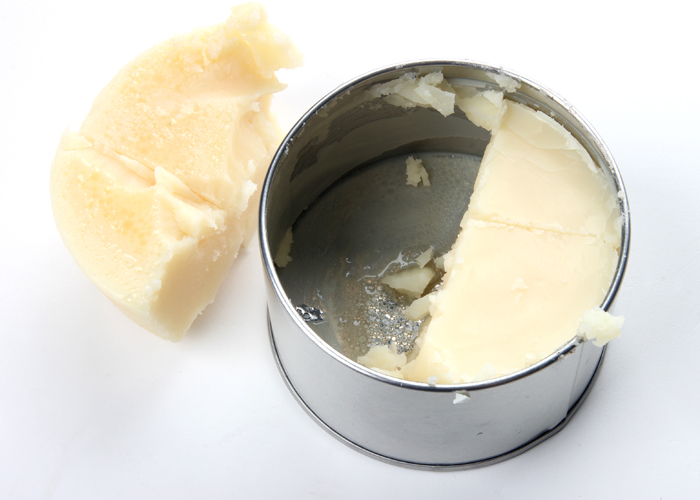 While the top of this balm looked great, the honey sank to the bottom of the balm.
While the top of this balm looked great, the honey sank to the bottom of the balm. 